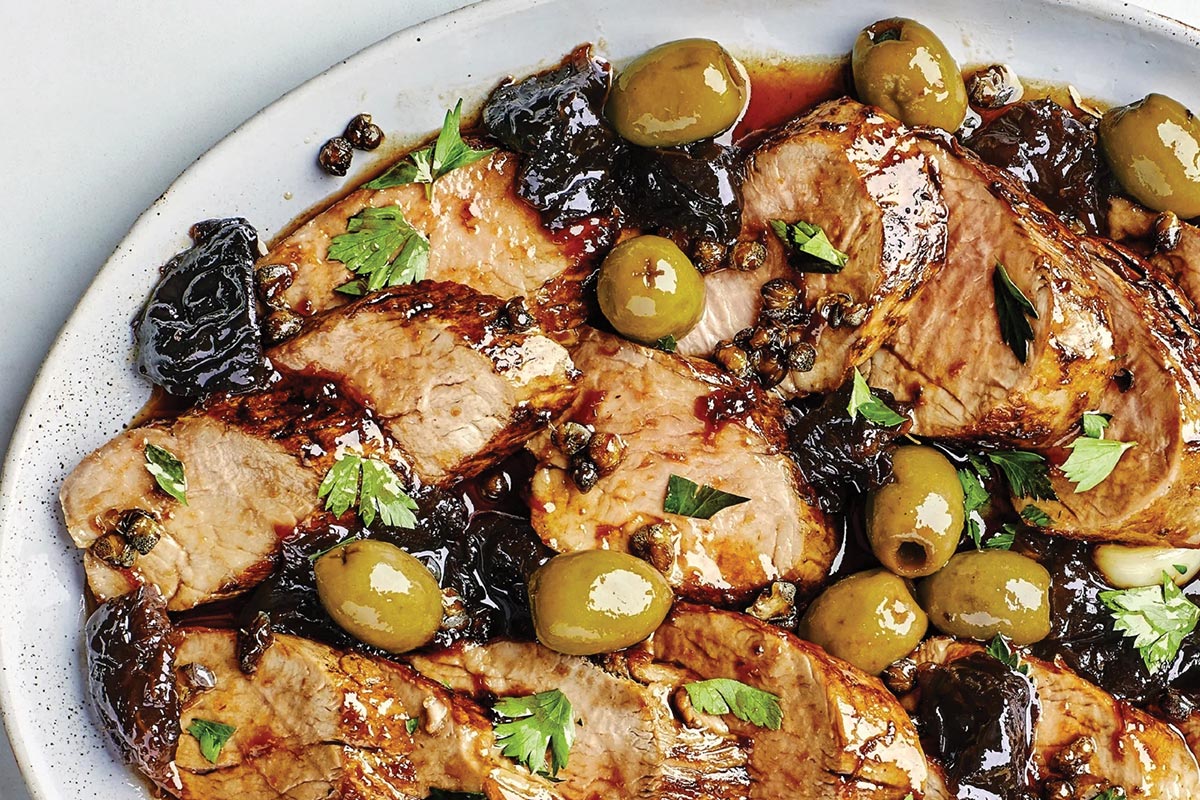This twist on tuna salad forgoes mayo for creamy, nutrient-dense avocado (the avocado should be ripe but still somewhat firm). This recipe is also great made with grilled tuna—the next time a fillet is on the dinner menu, consider making a little extra to enjoy this dish for lunch the next day.
Ingredients
- 3 tablespoons extra virgin olive oil, plus more for drizzling
- 1 tablespoon fresh lime juice
- 1 tablespoon chopped fresh flat-leaf parsley
- 1/4 teaspoon fine sea salt
- 1/2 teaspoon freshly ground black pepper
- 1 Hass avocado, cut into chunks
- One 5-ounce can chunk light tuna, drained and flaked, or the equivalent amount of grilled tuna
- 1 cup cherry tomatoes, halved
- 3/4 cup canned cannellini beans, rinsed and drained
- 2 tablespoons minced red onion
- 4 cups mixed spring greens, arugula, and/or baby spinach
Directions
Step 1
In a large bowl, whisk the olive oil and lime juice. Whisk in the parsley, salt, and pepper. Place half the avocado chunks in the bowl and mash them into the dressing. Gently fold in the rest of the chunks, the tuna, tomatoes, beans, and red onion.
Step 2
Divide the greens between two bowls and top with equal amounts of the tuna and drizzles of olive oil.
Yields 2 servings




